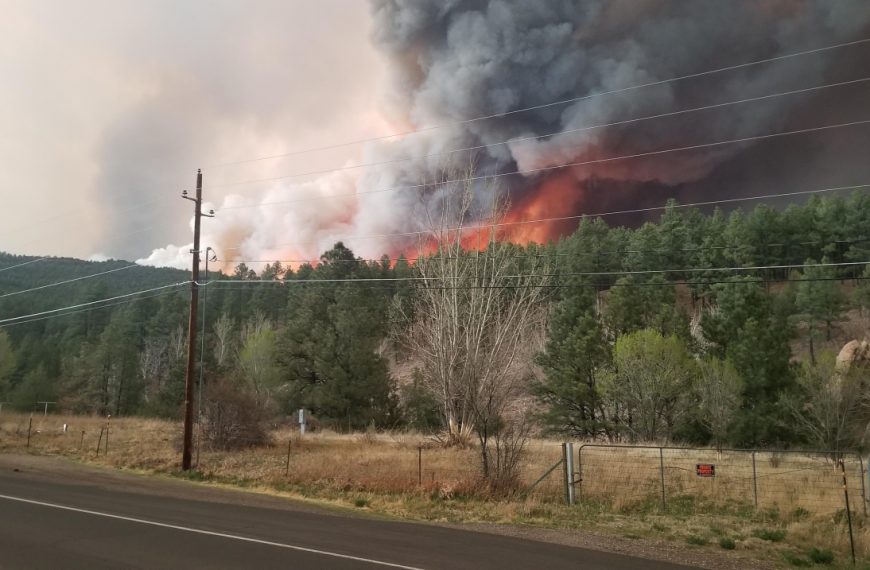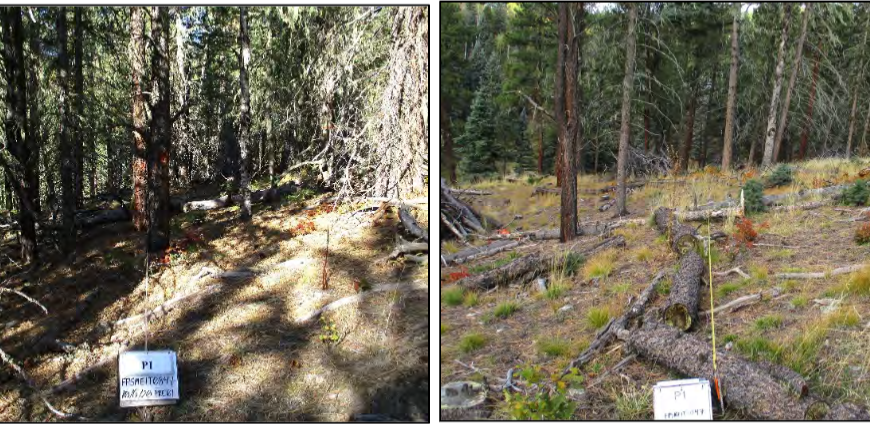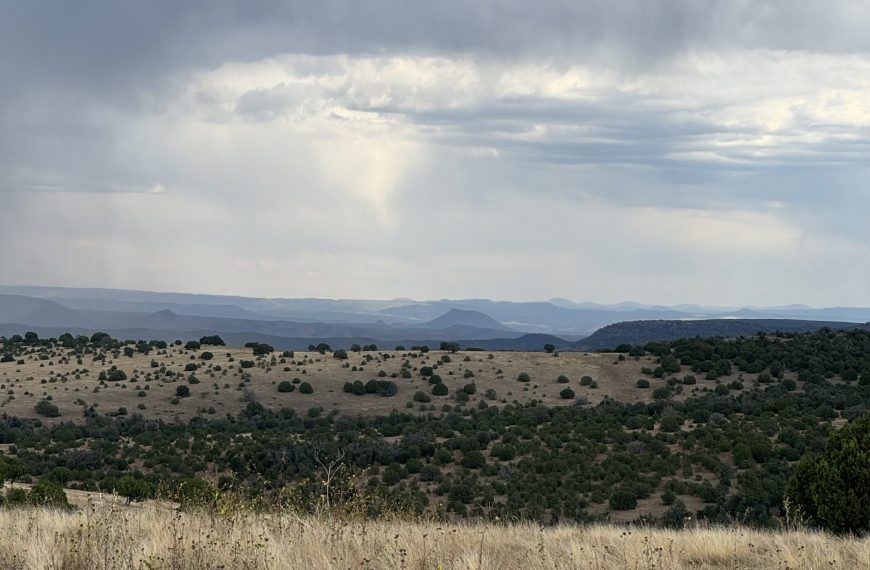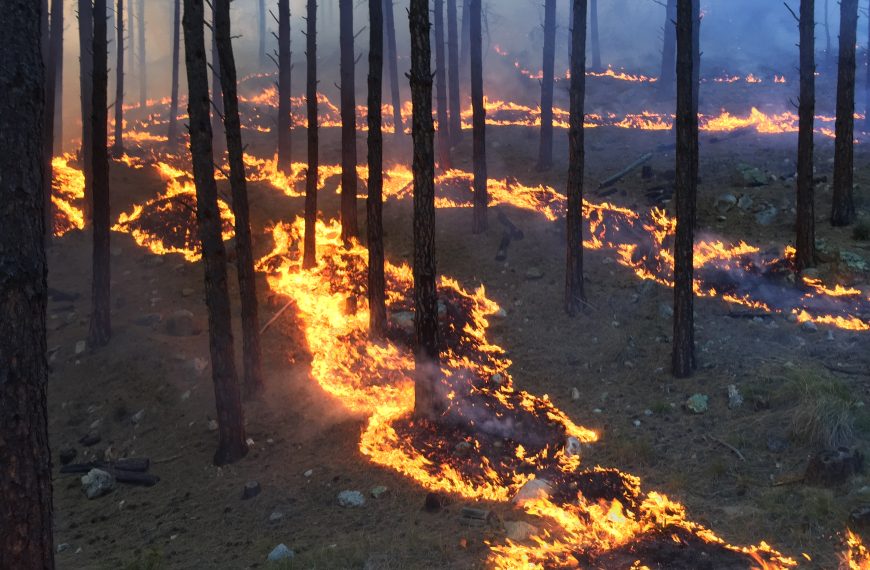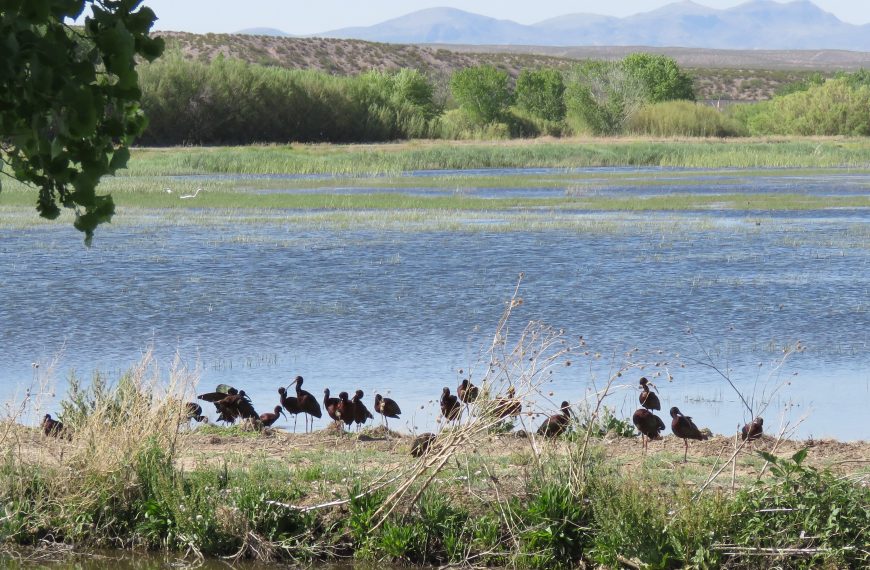The New Normal: Wildfire in the 21st Century, is intended for public use. It explains current issues as they relate to fire management and what managers are doing to help build resilient landscapes. Please share widely and help spread the message about positive fire management.
There is growing recognition that many forests need fire to thin dense vegetation that chokes forest health and creates favorable settings for more destructive fires. Also, climate change has produced hotter, drier weather across the West, and this has directly led to more extreme wildfire behavior over the past few decades. View the YouTube video here.





